Costume Drama Has Given Up Styling Kids’ Hair like Adults’

In costume dramas such as The Family Business (《家业》), Flourished Peony and Joy of Life, there are many looks of children. Netizens commented: So this is what the hairstyles of children in ancient times were like!
In fact, children in ancient times generally went through the stages of having their hair shaved, growing their hair out, and tying up their hair. It can be said that their hairstyles varied at different stages, which is similar to the growth path of children nowadays. So, parents with young children, take note: When children wear Hanfu, there’s no need to style their hair like that of adults. There’s really no need to feel awkward about it.
Did you also want to wear adult clothes and have an adult hairstyle when you were a child? But it was just a passing thought. However, for the sake of visual effects, some costume dramas simply style children’s hair to look exactly like that of adults, and they even put hats on them.
The children end up looking like little grown – ups, and there’s no sense of childlike innocence at all. In ancient times, children usually didn’t tie up their hair until they were around fifteen or sixteen years old. Only when men reached the age of the capping ceremony (around 20 years old) or women reached the age of the hairpinning ceremony (around 15 years old) could they wear hats and hair buns. Otherwise, their hair was mainly wrapped with cloth scarves, and the hair accessories came in various colors, showing the liveliness and cuteness of children. Keep reading to find out more.
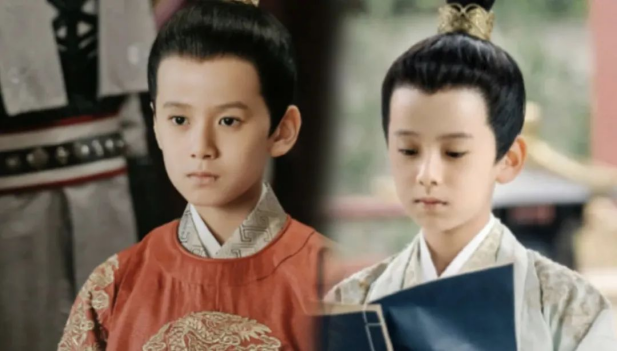
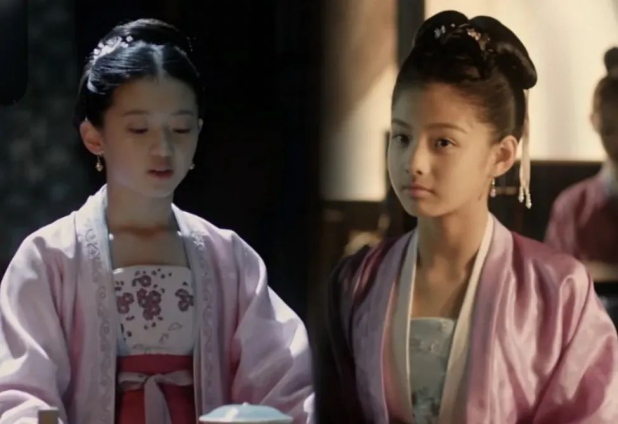
Children’s hair can’t be styled into various braids or little buns right from the start. In the beginning, children’s hair is mostly their baby hair. At this time, it is often shaved and then allowed to grow. This kind of hanfu hairstyle can often be seen in ancient paintings, and most of them are quite similar, which is also the result of styling. At this stage, the hair on the top of the head is combed into an inverted triangular shape, and the growing hair hangs down. This is called “髫”. At this moment, one can truly feel the scene described as “the old with yellow hair and the young with hanging hair, all enjoying themselves in contentment”.
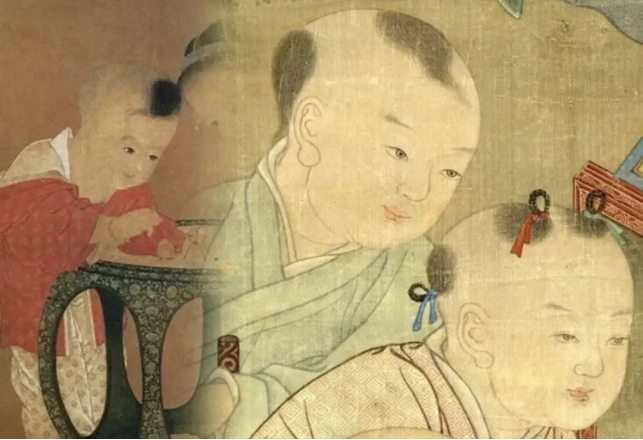
Sometimes, a small tuft of baby hair is left on the top of the head or a bit at the back of the head symbolically, which can be tied into a small bun or braided into a little pigtail. These small buns tied in this way are collectively called “zongjiao (总角)”, and this stage is also known as the “zongjiao years” of children.
In the poem Futian from The Ballads of Qi in Classic of Poetry (《诗经·齐风·甫田》), it is recorded: “Graceful and lovely, with hair tied into zongjiao. (婉兮娈兮,总角丱兮)” Zheng Xuan’s annotation (郑玄, 《笺》) says: “Zongjiao means gathering the two tufts of hair on the forehead.” Kong Yingda’s commentary (孔颖达, 《疏》) states: “It means gathering the broken hair strands to form two horns.” From this, we can see that gathering the broken hair together forms “zongjiao”. Here, “zong” means to gather and tie up. For example, in The Ode to the Imperial Ploughing Ceremony (《藉田赋》), it is recorded as “children with hanging hair and gathered hair”. “Jiao” refers to a small hair bun.
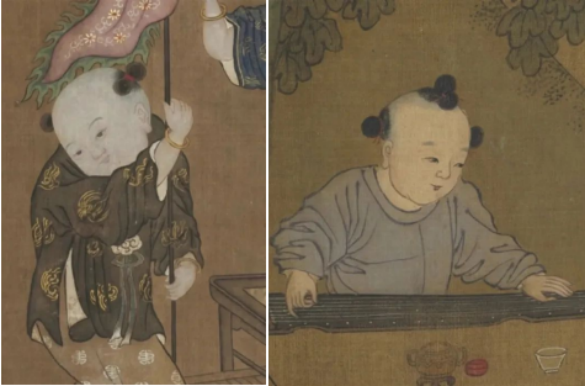
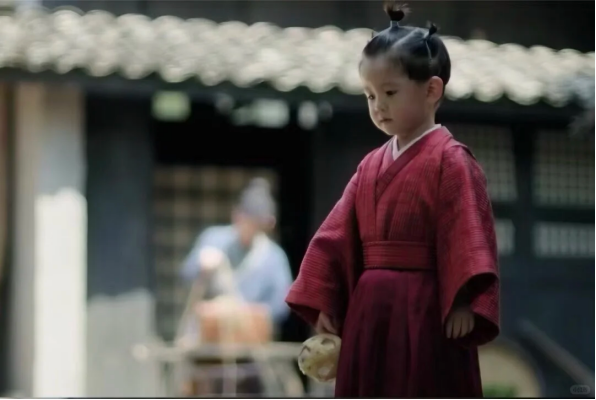
The hairstyles during the “zongjiao years” are the most interesting and creative. Just like adults nowadays, people would use some bows, colorful and cute hair accessories to tie up children’s hair. It was the same in ancient times. When taking children out with such hairstyles, parents couldn’t help but show off their skills and aesthetic taste in styling hair. It was also a display of children’s innocence and cuteness.
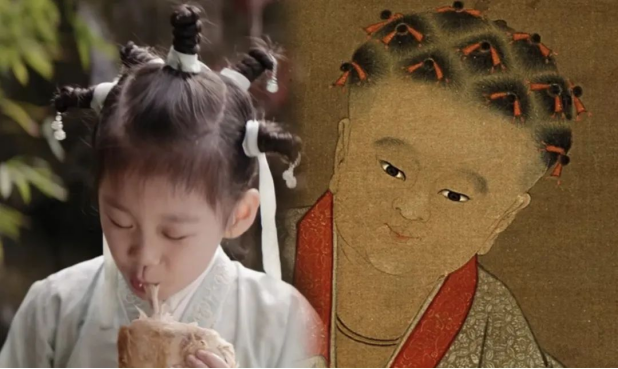
When the hair grows a bit longer and there is enough hair for growing out, hairstyles like “double – bun hairstyle” and “full – head bun hairstyle” can be created. The grown – out hair can be tied up, braided into small pigtails, or simply left to hang down naturally, which is similar to the style of short hair and was quite common in ancient times.
When the hair has grown long enough to be completely tied up, it can be styled in an updo. At this time, there will also be bangs, which were called “liufa (留发)” in ancient times. The modern term “liuhai (刘海)” is a homophonic variation of the ancient word “liu (留)”.
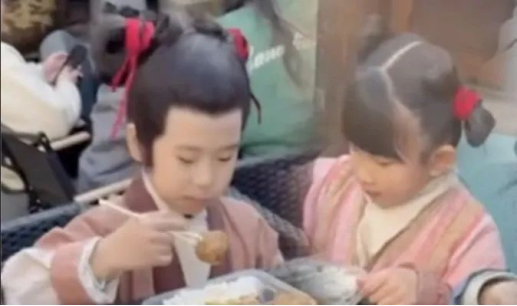
During this period, if the hair continues to grow longer, children can wear something like a headband, which could be a cloth strip or a hair ribbon, to prevent the broken hair of the bangs from falling down and blocking their sight. In childhood, children would tie various colored hair ribbons on their hair, which were matched with the colors of their clothes.
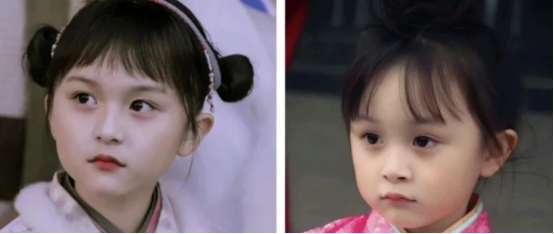
In addition to hair ribbons, children could also wear headscarves. There was a popular type called “Tongzi Ze (童子帻)”, which was a headscarf worn by boys before they reached the age of the capping ceremony. The Sequel to the Book of the Later Han (《续汉书》) mentions, “The tongzi ze has no ‘wu’, indicating that the wearer is not yet an adult.” Here, it is speculated that this means two things. One is that there is no support inside the headscarf. Generally, there is a support under the headscarf worn by adults, with the scarf covering it. The other is that the headscarf itself has no fixed shape. It is a soft, hollow, semi – headscarf that is not complete.
Previously, there were many scenes of Yang Zi interacting with children in Flourished Peony. This time, in The Family Business (《家业》), Yang Zi also appears with so many children in ancient – style costumes. Doesn’t it feel like stepping into a painting of Children at Play(《婴戏图》) ? It’s really adorable to see the crew members having meals with so many children who have different hairstyles.
What’s also interesting is that in costume dramas, instead of styling children’s hair in a way that suits children, they often style it like that of adults. On the contrary, it’s quite common to see adults having hairstyles that are more like those of children. Maybe everyone has a dream of rejuvenation in their hearts.
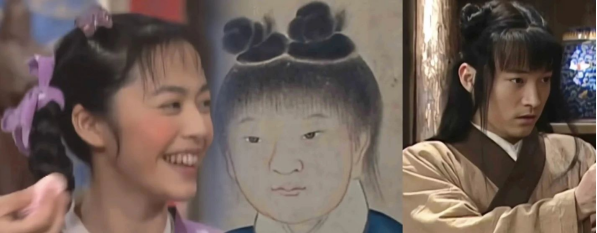
Summary
When we were children, we wanted to grow up. But after growing up, we miss the innocent days of our childhood. So, some costume dramas should stop being so obsessed with giving children adult – like hairstyles. Instead, they could showcase the fact that the splendid childhood of ancient people—who wore adorable, age – appropriate Chinese outfits—was rich and colorful! In Classic of Poetry, it is recorded, “When we were children with our hair tied in zongjiao, we talked and laughed merrily.” Envision children donning miniaturized Hanfu styles, their hair in zongjiao, chatting and laughing happily. This description captures a scene full of innocence and cuteness, and such depictions would be far more in line with historical authenticity.
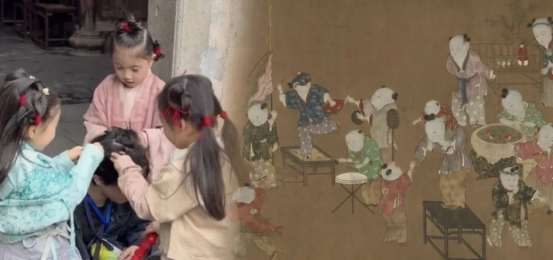
When we were young, we could be easily appeased with a little treat. We would be happy just by visiting a market, and we liked to watch the hustle and bustle and eavesdrop on adults’ conversations. We would tell our families everything we knew without reservation. May we all be adults who always keep a childlike innocence in our hearts.
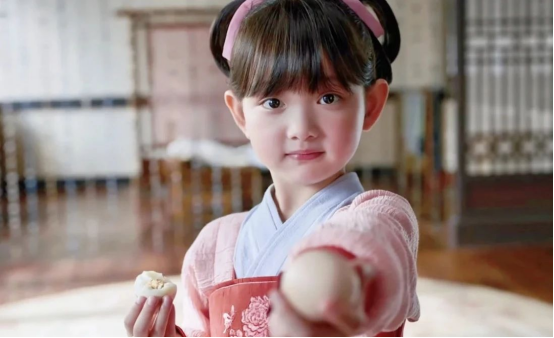
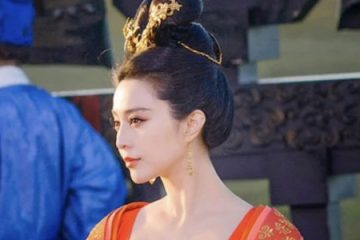
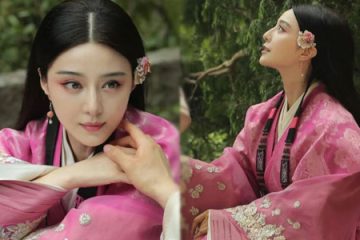
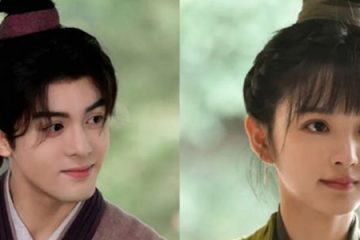
0 Comments